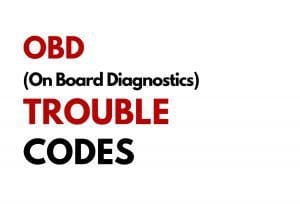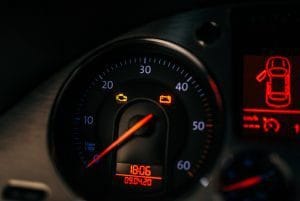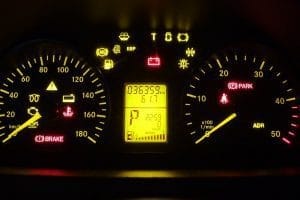The firing order in Internal combustion engine is the sequence of ignition (Power stroke) taking place in each cylinder after every combustion process.
Combustion in Gasoline or petrol engine is done by means of Spark or glow plugs and in the Diesel engine, combustion is done by high compression of charge(a mixture of air and fuel).
How Firing order works in Internal Combustion Engine
For the smooth running of the engine, each cylinder has its power stroke placed at specified intervals. In a four-cylinder engine, one cylinder starts a power stroke and after every 180° of crank rotation, a power stroke is generated in each cylinder.
The interval between the power strokes is known as the ignition interval.

Firing mechanism in Diesel and Gasoline Engine
A stroke is the movement of the piston from TDC (Top dead center) to BDC (Bottom dead center), or from BDC to TDC.
There are four strokes in one complete cycle of the engine-
1- Intake stroke
Gasoline or Diesel can not burn completely without proper mixing with air, so in intake stroke crankshaft rotates due to which piston travels from TDC to BDC which creates a low-pressure area inside combustion chamber as soon as the intake valve opens it allows suction of air or charge (a mixture of fuel and air) to enter in the combustion chamber.
The ratio of proper mixing of fuel and air in a gasoline engine is (air)14.7:1(Gasoline)
2- Compression stroke
As the crankshaft continues to turn the Intake valve closes and the piston tends to move from BDC to TDC in the compression stroke, which compresses the air or charge sucked during the intake stroke.
The mixture is compressed to about 1⁄8 of the volume it occupied when the piston was at BDC.
The compression ratio in the Gasoline engine ranges from 8-11 and can reach up to 14 in certain cases if the engine is embedded with a knocking sensor (identifies the behavior of combustion) and in the Diesel engine, it ranges from 15-20. After compression, the pressure raises between 32 bar-50 bars and the temperature reaches 600 degrees celsius in a diesel engine.
3- Power stroke
As the piston reaches TDC after completion of the compression stroke, the air-fuel becomes highly compressed and explosive in nature.
Once the specified compression ratio is achieved inside the combustion chamber the actual combustion occurs, the gasoline engines use glow/spark plugs to ignite the charge and in diesel engines extreme high compression causes the charge to self-ignite.
Note-
During the process of combustion, some gases after combustion leak through the piston rings and reach the crankcase. This leakage is called Blow-By.
4- Exhaust stroke
As the piston reaches TDC to BDC after completion of the power stroke, the exhaust valve opens and allows 80% of the burnt gasses to escape due to high pressure generated in the combustion chamber and the left-out gas leaves the chamber as the piston moves to TDC at the end of the Exhaust stroke. A few degrees after the piston passes TDC the exhaust valve closes.
The entire four-stroke cycle repeats itself, starting again as the piston moves down to BDC on the intake stroke.
How to calculate the degree after which power stroke occurs
For example:
Let us consider we have 8 cylinders V-shaped (V8) engine and its 720° four-stroke cycle, then-
720°/ 8(cyl.) = 90°
This is an eight cylinder engine so one power stroke occurs during every 90° rotation of its crankshaft.
For example:
Let us consider we have 6 cylinders inline engine and its 720° four-stroke cycle, then-
720°/ 6(cyl.) = 120°
This is an six cylinder inline engine so one power stroke occurs after every 120° rotation of its crankshaft.
Firing order in Chevy 350, 327,400,396,406,427,454, LS series engines

Firing order sequence:1-8-4-3-6-5-7-2
For Chevy Small Block 265, 283,307,327,350,400

Firing order sequence:1-5-3-6-2-4
For 250, 4.2L

Firing order sequence:1-8-4-3-6-5-7-2
For Chevy Big Block 396,406,427,454

Firing order sequence:1-3-4-2
For 2.8L

Firing order sequence:1-2-3-4-5-6
For 3.1L, 3.4L, 3.6L

Firing order sequence:1-8-7-2-6-5-4-3
For LS1 5.7L, LS2 6.0L, LS7 7.0L





